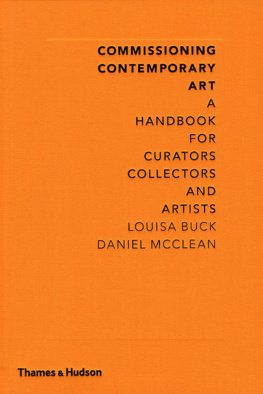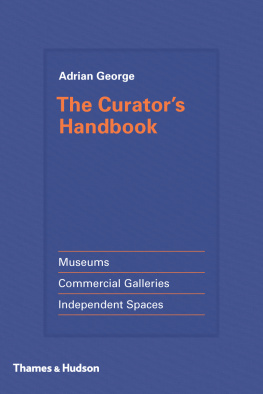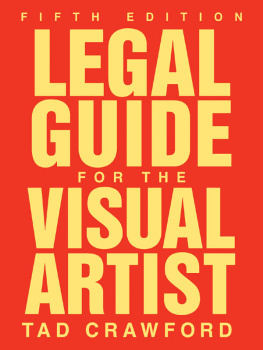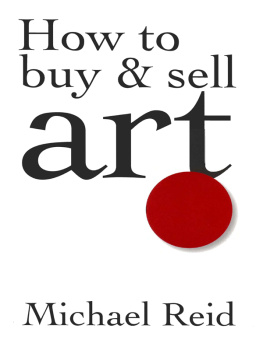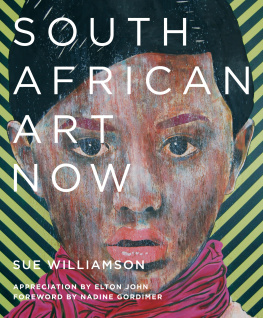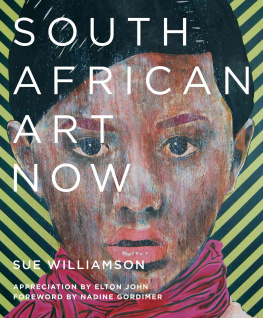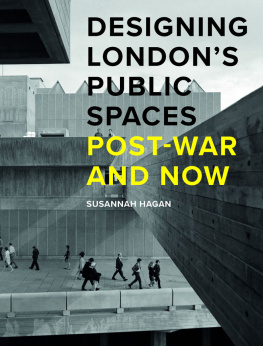Acknowledgments
Daniel McCleans input has been invaluable throughout, especially for , which could not have been written without his expertise. His constant enthusiasm and good humour have made him a pleasure to work with.
Consultant editor Vivien Lovells long experience in the public realm has also been a great asset and I am indebted to her generosity in sharing such a wealth of information.
A number of people have shown great dedication to the form and content of this book. I am grateful to Julie Lomax who, as director of visual arts for London at Arts Council England, was a staunch champion of this book and enabled me to get it off the ground. Thanks to Jacky Klein at Thames & Hudson for having such faith in this project; to Andrew Brown for his excellent editorial skills; and to Matilda Saxow for her elegant design. Also to my infinitely patient agent, Patrick Walsh, and to Andrew Wheatley for his early support and advice. Helen Hayward helped me wade through a tide of transcribing, and Oliver Taplin and Bert Smith generously shared their knowledge of ancient commissioning.
I owe a debt of gratitude to all the interviewees, who have both informed and enlivened this book with their experience and knowledge. Particular thanks go to Louise Hallett, Andrea Schlieker, Hans Ulrich Obrist and Chris Dercon.
Without the crucial behind-the-scenes support of Judy Breakell, Mary Lemley, Anne Worthington, Nandini Mukhopadhyay, Caroline Muir, Ana De Monchaux and Charlotte Turton, this book would never have been written.
I dedicate it to my children, Alfie, Nancy and Frank.
Louisa Buck

Louisa Buck
Louisa Buck is an art critic and journalist. She writes for a number of periodicals and is contemporary art correspondent in London for the Art Newspaper. She was on the jury for the Turner Prize in 2005. She is the author of several books on the art world, including Moving Targets: A Users Guide to British Art Now and Owning Art: The Contemporary Art Collectors Handbook (with Judith Greer).
Daniel McClean
Daniel McClean is a practising lawyer specializing in art, cultural property and intellectual property law. He is also an independent curator and writer, and the editor of two books on art law, Dear Images: Art, Copyright and Culture and The Trials of Art.
The excitement is to produce new works, to make them happen. There is a utopian aspect to commissioning: you are very close to the artists intentions.
Christine Van Assche, chief curator and curator of new media, Centre Georges Pompidou, Paris
Whether undertaken by a public institution or a private individual, commissioning contemporary art is often an intricate and specialized business, especially as what constitutes a commission can now range from a monumental steel sculpture to a carnival parade. The various protocols, procedures and agendas in sourcing and approaching artists through public and commercial galleries, art consultants and art fairs all require careful negotiation, alongside the need to grapple with the myriad forms and concepts of contemporary art itself. As a result, specialist curators, commissioning consultants, independent producers and commissioning agencies increasingly play a key role played in the process. Especially in the public realm or in the case of large-scale projects, these individuals or organizations are crucial to facilitating every stage, from the initial selection of the artist to the ultimate completion of the commission and the effective management of its afterlife. (For purposes of clarity, throughout this book individual intermediaries who work on behalf of a commissioning client will be referred to as commissioning agents, while organizations that exist to carry out commissions either on their own behalf or for clients will be described as commissioning agencies.)
Within this complex ecosystem, the commission-based patronage of individual artists is undoubtedly one of the most sophisticated forms of artistic engagement. Even among those well versed in the contemporary art world, it is only the most dedicated, enthusiastic and committed who are prepared to take the plunge and venture into what can be a minefield.
Commissioning is a much more difficult process than building a collection, and because of that, you probably shouldnt be thinking about it unless you have been at it for a while, maybe a decade or so. You have to have a sense of who you are as a collector.
Dennis Scholl, collector, Miami
So what lies behind the leap of faith that distinguishes a commissioner from a normal purchaser of contemporary art? Why are an increasing number of organizations, institutions and individuals choosing to have work specially made for them, rather than buy it off the peg when their budgets and locations would allow them to do either? It is not simply a matter of acquisition, since many of todays commissioned artworks are brought into existence for reasons other than individual ownership. Both the desire for a unique bespoke artwork and the enduring prestige of the artistic commission may go a long way towards explaining why local authorities and developers commission art for architectural schemes and public spaces, why collectors commission works for their homes, and why curators work directly with artists on projects for museums and galleries. But behind these concerns lie a number of other key reasons why, even with all the attendant complications, an ever-greater number of individuals and organizations are keen to commission.
Over the years I have learned a lot: about chemical processes, treatments of metals, exotic flora and fauna, the problems of floor load capacities and much more. If you are not interested in this kind of experience, then I would recommend that you dont commission any artworks, except for small paintings.
Miuccia Prada, president, Fondazione Prada, Milan
One of the most appealing features of commissioning an artwork is that it generally involves entering into what can often be an intense dialogue with the artist. This patronartist relationship can provide the commissioner with a privileged insight and involvement in the creative process, and in some cases even the chance to have an impact on it. Thereafter, the patron whether public body, commercial organization, private foundation or individual can be both actor in and witness to the artists vision, and in many cases have the added bonus of owning the outcome or at least the satisfaction of exhibiting it and of being associated with it. Museum curators, independent not-for-profit producers, representatives of commissioning bodies and especially private collectors all testify to the importance of this relationship and creative exchange.
When I was in college I read John Deweys Art as Experience and the idea that art should be an experience became very important to me. So by commissioning works I feel that Im collecting experiences. I love the objects that have resulted. They have become part of my life. But just as important are the memories and the experience of working closely with the artists and having them here in the house.
Andy Stillpass, collector, Cincinnati
One of the biggest advantages is the contact with the artist and their process. Its an amazing journey, very educational and rewarding. When the commission is complete, you have more than an artwork; the relationship between your history and the works history it makes the collection more alive.
Anita Zabludowicz, collector, London
The key is the trust between the artist and the curator; that trust is the curators highest reward.
Next page
